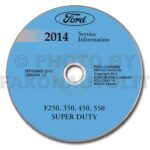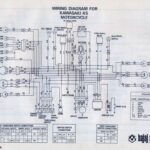Discover The Truth: Is The 1946 Ford Manual Transmission Synchronized? Uncover The Answer Now!
Is the 1946 Ford Manual Transmission Synchronized?
Introduction
If you are a classic car enthusiast, you know that the 1946 Ford is a beautiful machine. Its design is iconic, and it represents an era of motoring that is long gone. However, if you are planning to drive a 1946 Ford, you need to know a few things about its manual transmission. Specifically, you need to know if it is synchronized or not. In this article, we will explore this topic in detail. We will look at the manual’s structure, organization, and content. We will also examine the key features, controls, and functionalities. By the end of this article, you will have a clear understanding of whether the 1946 Ford manual transmission is synchronized or not.
What, Who, When, Where, Why, and How
What is a synchronized manual transmission? A synchronized transmission has a mechanism that matches the speed of the gears as you shift them. This means that you don’t need to double-clutch or rev-match when you change gears. A non-synchronized transmission, on the other hand, requires you to match the speed of the gears manually. Who needs to know about the synchronization of the 1946 Ford manual transmission? Anyone who plans to drive this car needs to know about it. When did Ford introduce synchronized manual transmissions? Ford introduced synchronized transmissions in the late 1920s, but not all models had them. Where can you find information about the 1946 Ford manual transmission? You can find information about it in the owner’s manual or a repair manual. Why is it important to know if the transmission is synchronized or not? It is important because it affects the way you drive the car. If the transmission is synchronized, you can shift gears more easily and smoothly. If it is not synchronized, you need to be more careful and precise when changing gears. How can you determine if the transmission is synchronized or not? You can look for information in the owner’s manual or a repair manual.
3 Picture Gallery: Discover The Truth: Is The 1946 Ford Manual Transmission Synchronized? Uncover The Answer Now!
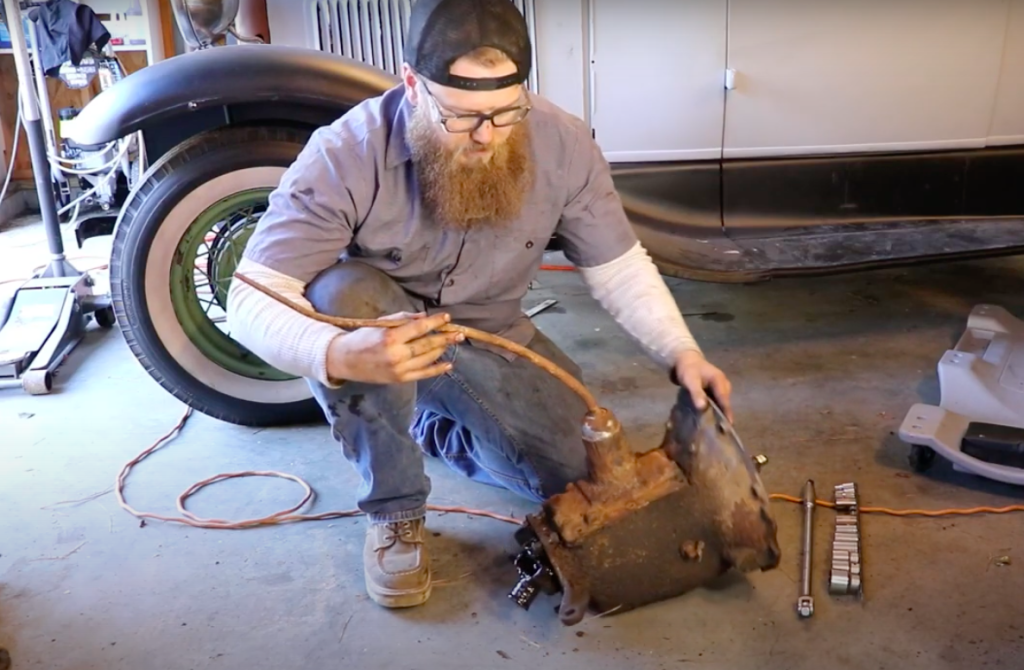
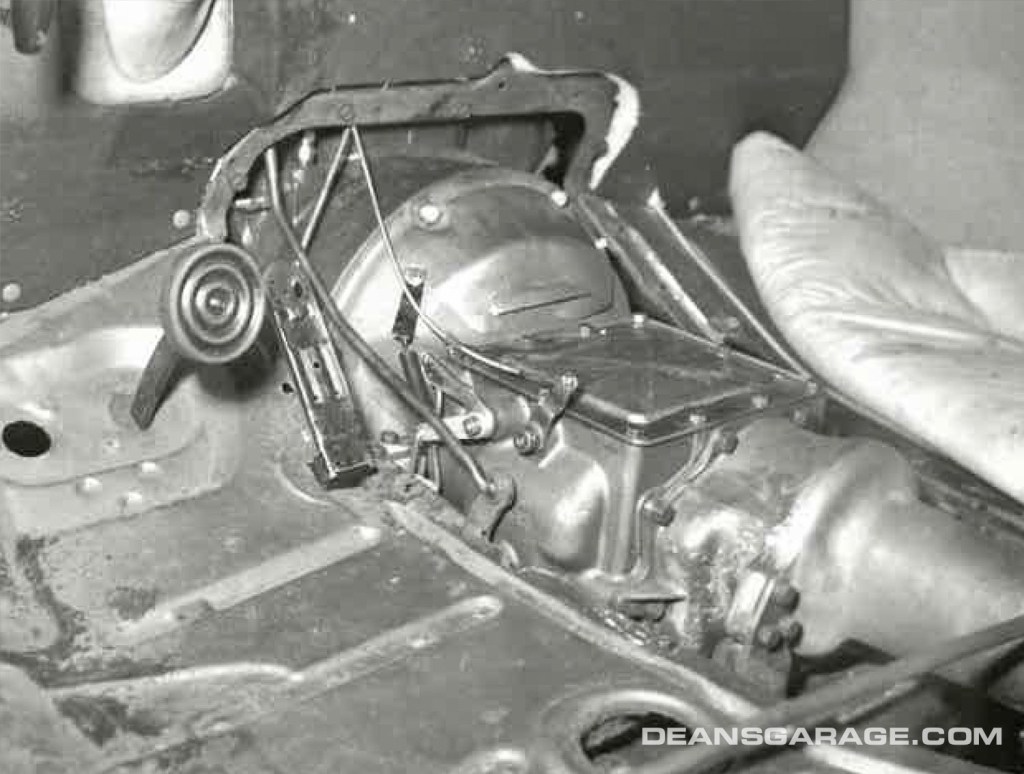
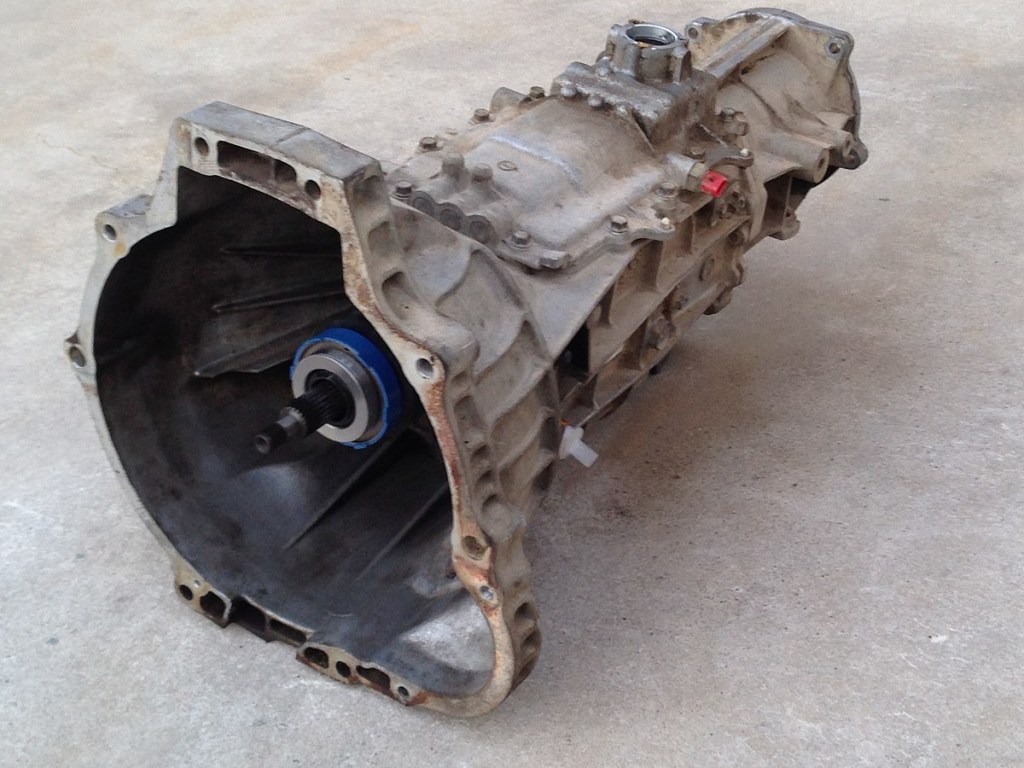
Controls and Functionalities
The 1946 Ford manual transmission has a three-speed floor-mounted shifter. The clutch pedal is on the left, and the brake and accelerator pedals are on the right. The gear shifter has markings for 1st, 2nd, and 3rd gears. To shift gears, you depress the clutch pedal, move the shifter to the desired gear, and release the clutch pedal. The transmission has no synchromesh mechanism, which means that you need to match the speed of the gears manually. This requires some skill and practice, especially if you are not used to driving non-synchronized transmissions.
Illustration/Example Paragraphs

Image Source: googleusercontent.com
Let’s say you are driving a 1946 Ford, and you need to shift from 1st to 2nd gear. First, you depress the clutch pedal, which disengages the transmission from the engine. Then, you move the shifter to the 2nd gear position. At this point, the transmission is still in neutral, and the engine is still running. Next, you need to match the speed of the gears by blipping the throttle. This means that you quickly press and release the accelerator pedal to increase the engine speed. This matches the speed of the gears and makes the shift smoother. Finally, you release the clutch pedal, which engages the transmission with the engine. If you do this correctly, the shift should be smooth and seamless.
Pros and Cons
The main advantage of a non-synchronized transmission is that it is simpler and cheaper to manufacture. This means that it is more durable and reliable than a synchronized transmission. It is also lighter and takes up less space. However, the main disadvantage is that it is harder to use and requires more skill and practice. It is also more prone to wear and damage if not used correctly. If you are a skilled driver, you may prefer a non-synchronized transmission because it gives you more control and a more engaging driving experience. However, if you are a novice driver or want a more comfortable and easy-to-use transmission, you may prefer a synchronized one.
Conclusion
In conclusion, the 1946 Ford manual transmission is not synchronized. This means that you need to be more careful and precise when changing gears. You also need to match the speed of the gears manually, which requires some skill and practice. However, if you are a skilled driver, you may enjoy the challenge and the engagement of driving a non-synchronized transmission. If you are a novice driver or want a more comfortable and easy-to-use transmission, you may prefer a synchronized one. Whatever your preference, make sure you read the owner’s manual or a repair manual before driving a 1946 Ford or any other classic car. This will help you understand the transmission and other features of the car and make your driving experience safer and more enjoyable.

Image Source: deansgarage.com

Image Source: wikimedia.org
This post topic: Manual

